Dogs Can Rust: An Important Signal For Owners
Published: 2025. 06. 29 - Photos: Getty Images Hungary • 4 minutes reading

Published: 2025. 06. 29 - Photos: Getty Images Hungary • 4 minutes reading
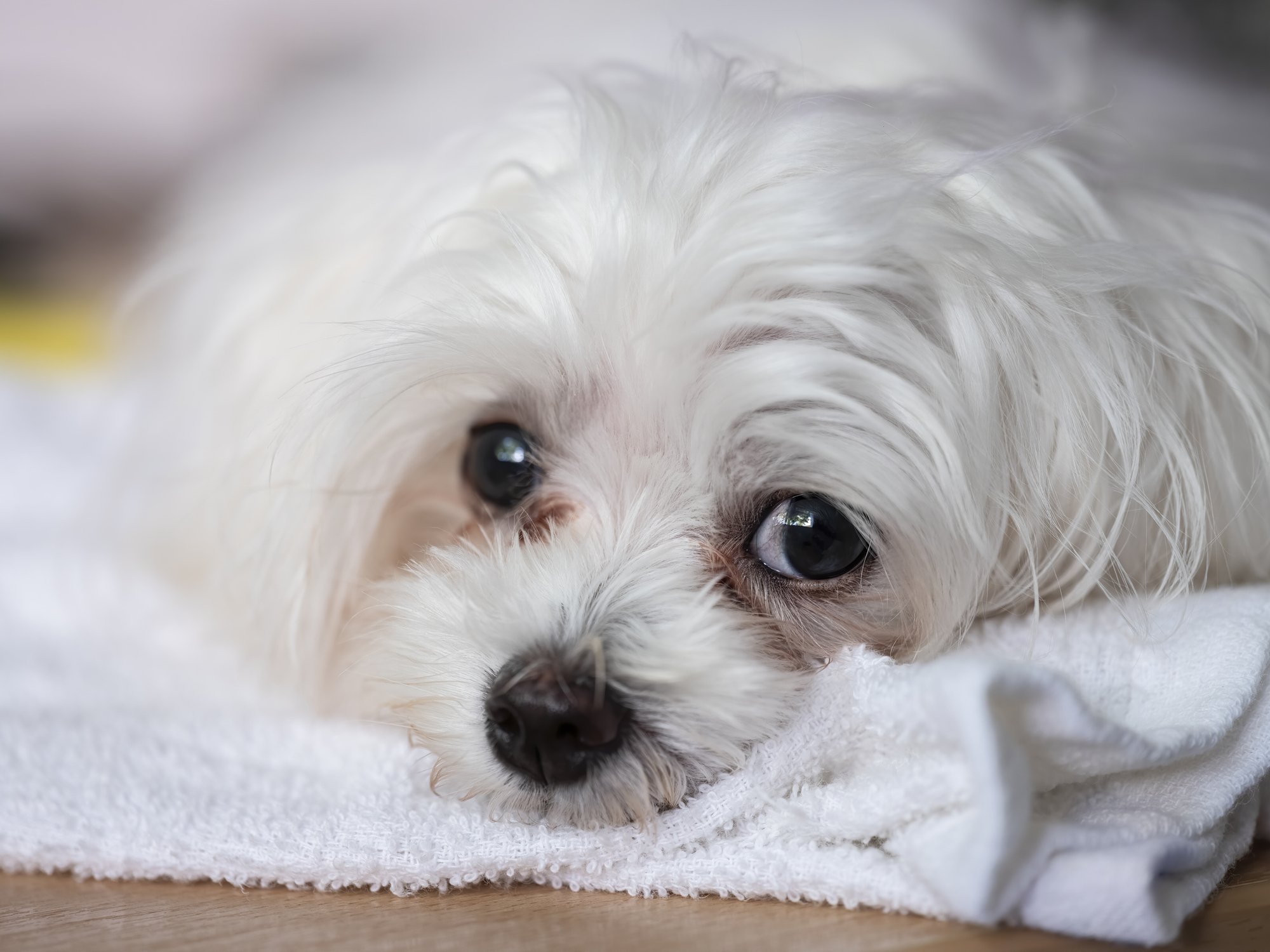
Yes, you did not read it wrong, almost all dogs have rust stains. And learning to interpret them can tell you a lot about your pet's health. Let's take a look at what can cause a brown spot on your dog's coat and whether it's important to do anything to get rid of it.
Let's take a look at what might be causing the brown stains on your dog's coat and whether it's important to do anything to get rid of it.
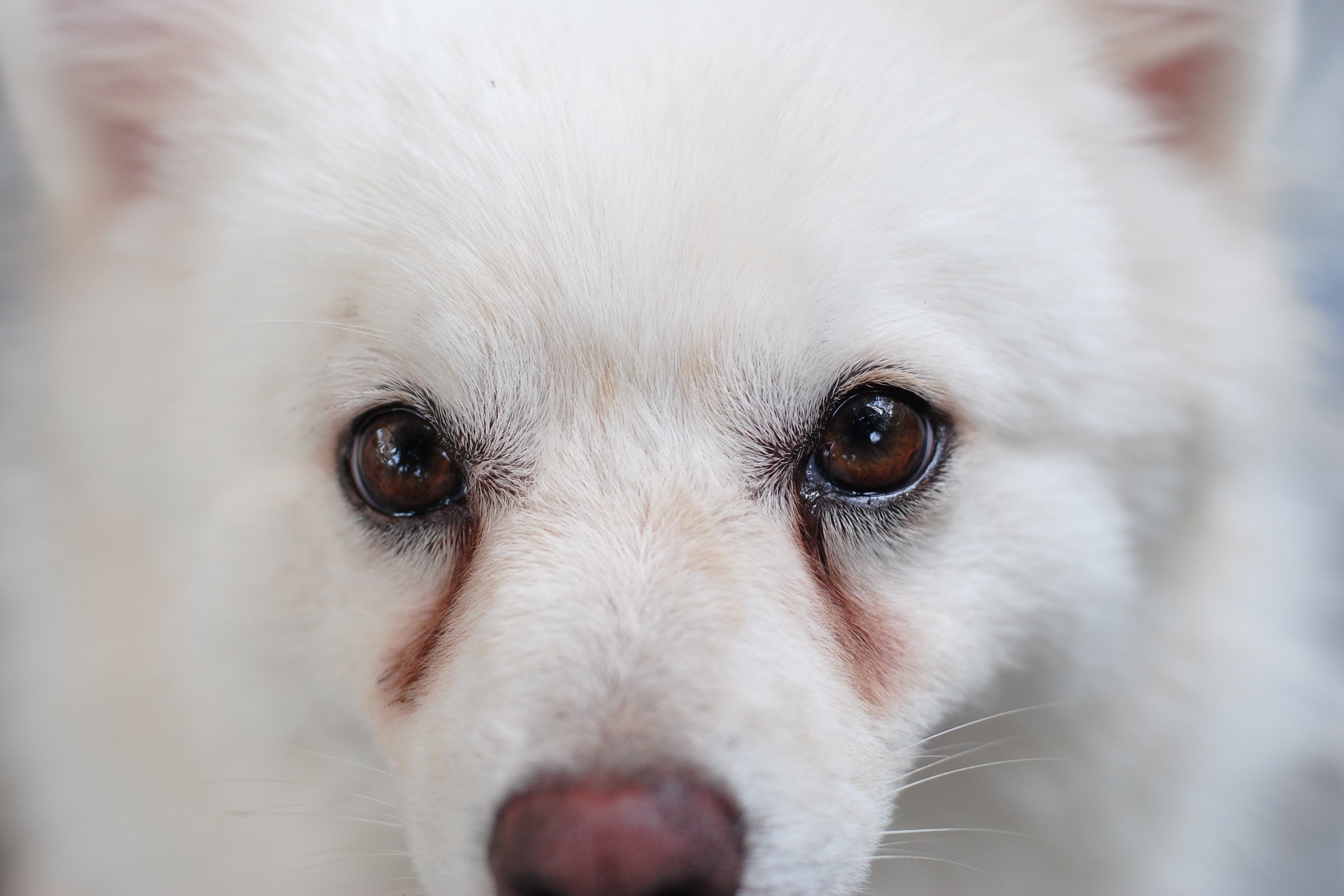 A tear stain does not always indicate a problem
A tear stain does not always indicate a problem
These spots may be more noticeable on white or lighter coated pets, but they can also appear on darker coated dogs. Most commonly seen around the eyes and mouth, on the paws and on the belly, which is no coincidence – these are the most common licking points.
So we already know that the discolouration is caused by saliva, which is a very simple chemical reaction. Both saliva and tears contain iron in the form of a compound called porphyrin (a breakdown product of red blood cells), which oxidises, i.e. rusts, when it comes into contact with air. All that happens is that the translucent saliva turns a reddish-brown colour on the fur, which is a signal for us.
Any area that is discoloured means that the dog is licking it. If you see patches under the eyes, it indicates tear production. Intense licking is probably due to itching, which is often caused by allergies. Grass, weed and pollen allergies are incredibly common, affecting up to half of dogs and a tenth of cats. But it can also indicate that the area is sore, whether due to arthritis or even a mental problem or boredom.
Discolouration caused by porphyrin is not necessarily a problem. However, if it appears excessive and is accompanied by other symptoms or behavioural patterns, it may be a sign of an underlying health problem that requires prompt veterinary attention.
Tear stains are particularly noticeable in breeds such as Maltese, Si-Cus and short-nosed bull-type dogs. This is “due to excessive tearing and the location of the tear ducts in the head,” explains Dr. Jerry Klein, AKC's chief veterinarian. Of course, if the discolouration around the eye is accompanied by swelling, discharge or discomfort, it could indicate an allergy, infection or injury - and that's where the vet comes in.
Dogs prone to drooling, such as Bernathurs, often have a rusty-coloured muzzle or beard - this is usually quite normal. However, if excessive drooling occurs suddenly, it can also be a sign of gum disease, a broken tooth or other dental problems - look out for bad breath, bleeding gums or difficulty eating
If the dog licks its paws too often, the accumulation of porphyrins from saliva causes a pinkish or rusty red discolouration of the coat. Over time, these patches may turn dark brown. Although the discolouration itself is only an aesthetic problem, there is usually a health or behavioural problem behind the excessive licking.
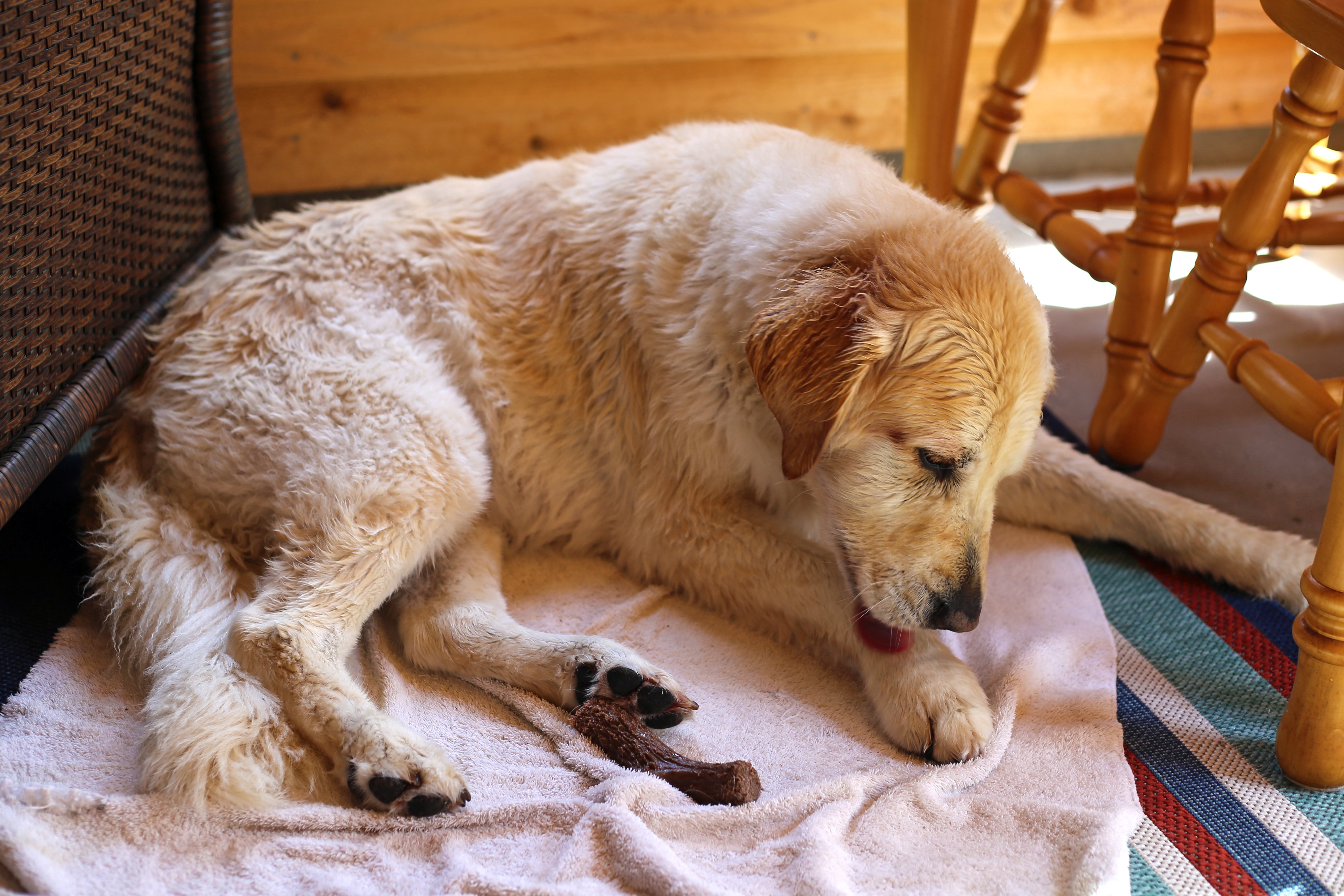 Telltale signs of which part of the body the dog is licking
Telltale signs of which part of the body the dog is licking
We have already referred to these phenomena in the introduction, but now we will explain a little more to make it easier to understand.
If your dog's coat discolouration is accompanied by worrying symptoms or behavioural patterns, the most important thing is for your vet to look for a possible more serious cause. Depending on the nature of the problem, the doctor may refer you to a dermatologist, dental specialist or ophthalmologist. However, if the discolouration is mild and there is no serious problem behind it, it may be accepted - although not particularly aesthetic, it is not harmful to the dog.
But if you do want to remove tear stains, for example, be careful! There are various products available to remove them, but never use anything until you have checked with your vet! The use of preparations containing antibiotics, for example, is controversial because of the increase in antibiotic resistance.
Regularly trimming the hair around the eyes and nose and keeping the face dry and clean can help prevent this. Bathing with a warm, clean cloth or gentle wipes that are safe for around the eyes is also a good solution. Although it won't eliminate a lot of discolouration, at least it won't irritate the dog. After bathing, always wipe your pet's face dry to prevent wet skin causing irritation or infection.
Follow us!
facebook instagram youtube spotifyRelated articles
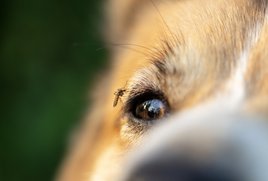
How to Effectively Protect Your Dog from Mosquitoes: Prevent Serious Diseases
Health • 4 minutes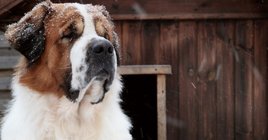
How to keep your dog safe outdoors during the cold winter
Care • 5 minutes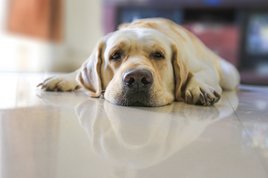
Is your dog's paw slipping too often on the floor? Here's what you can do to help
Care • 3 minutes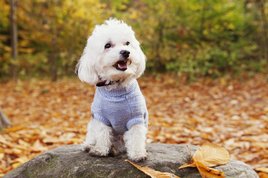
As the temperature drops, your dog's skin becomes more sensitive: how to care for it properly
Care • 3 minutes